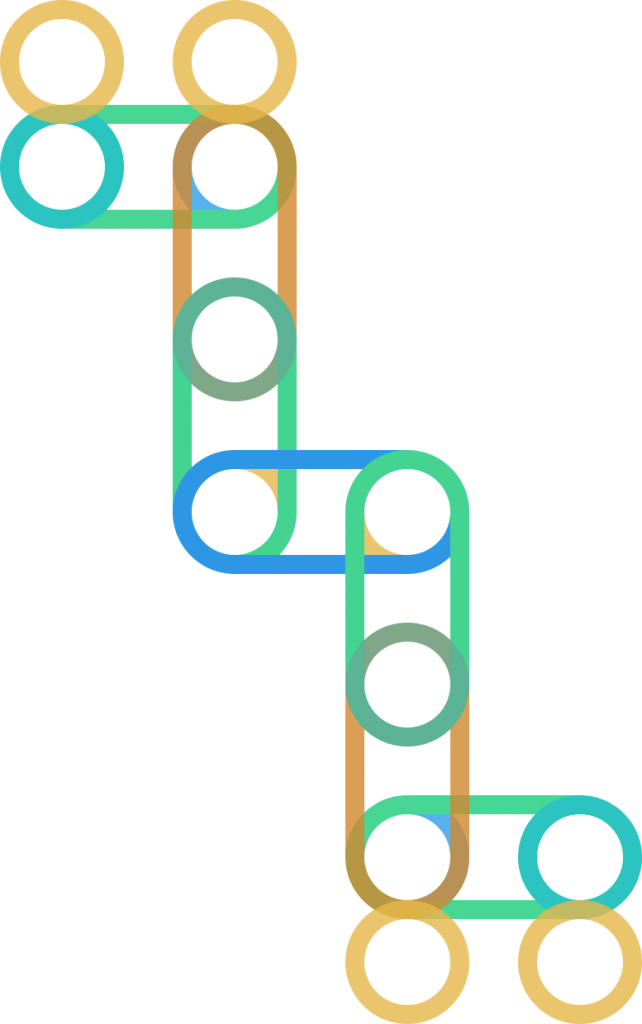
Joseph Klatt, founder of Marble Plastics, explores how market forces and regulatory frameworks are supporting sustainability. Through corporate innovation, policy change, and consumer demand, are we witnessing the emergence of an economy where environmental and financial success align.

Transforming our approach to plastic waste requires more than individual action—it demands systemic change. By reimagining economic incentives, regulatory frameworks, and corporate goals, we can create a sustainable future that aligns profit with planetary health.
The evolution of corporate sustainability
“I’ve seen a lot of companies trying to change their products from using virgin materials to using recycled content,” Joseph Klatt observes. This shift isn’t just a trend—it’s becoming a strategic imperative. Over the past five to seven years, the commitment to sustainability has deepened significantly, with companies setting increasingly ambitious goals for recycled content and carbon reduction.
Market transformation
The market itself is evolving, driven by changing consumer expectations and regulatory pressures. Large corporations are not just responding to external pressure—they’re actively reshaping their supply chains. As Klatt notes, “There are supplier contracts like a big company like IKEA, they require their suppliers to show the fact that they’re using recycled content, that they are looking at sustainable materials and they mandate a certain percentage.”
Regulatory catalysts
Legislation, particularly in Europe, is playing a crucial role in accelerating change. These regulatory approaches create structured pathways for sustainability through:
- Mandatory recycled content percentages
- Extended producer responsibility
- Green building certifications
- Supplier sustainability requirements
“In the US, there are green building certifications. A big one is called LEED,” Klatt explains. “When you make a new building, you can obtain a certain level of green certification for doing so. And part of that is using sustainable materials with recycled content in them.”
Innovation in materials
The transformation extends beyond recycling into material science itself. The industry is seeing unprecedented investment in alternatives:
- Development of bio-plastics from renewable sources
- Innovative chemical additives from sustainable materials
- New processing technologies for recycled content
“I just talked to a guy yesterday who, their company makes an additive that is traditionally used in plastics, but they make it from hemp fiber instead of an inorganic chemical,” Klatt shares, highlighting how innovation is penetrating every aspect of the industry.

Consumer-driven momentum
The demand for sustainable solutions has reached a tipping point. “What they say is that there is a trend towards using sustainable materials in these retail and hospitality installations or applications because their clients want to show the fact that they are looking to be more sustainable because people demand it,” Klatt explains.
This shift is particularly evident in sectors like hospitality and retail, where sustainability has become a key differentiator. Businesses are responding not just with token gestures but with fundamental changes to their operations and material choices.
Learning from nature
The future of economic systems might lie in biomimicry—learning from and emulating nature’s cycles. Klatt draws an inspiring parallel: “I always just think about it like a forest ecosystem. And when the leaves turn in the fall and then they fall to the ground, those leaves are incorporated into the soil and they help those trees grow into the next year. And that’s how we have to think about materials.”
This perspective suggests two parallel approaches:
- Biological cycles: materials that can safely return to the earth
- Technical cycles: synthetic materials that stay in continuous circulation
Measuring impact
The transformation requires new metrics for success. Klatt outlines both quantitative and qualitative measures:
- Direct measurements: tons of plastic recycled, CO2 emissions mitigated
- Behavioral changes: shifts in consumer perception and action
- System-level indicators: market adoption of recycled materials
- Economic metrics: growth of circular business models
Creating incentive structures
The challenge lies in aligning economic incentives with environmental goals. Successful approaches include:
- Green building certifications that add market value
- Corporate sustainability requirements that influence entire supply chains
- Consumer preference driving market transformation
- Regulatory frameworks that level the playing field
The path forward
The transformation to a sustainable economy requires coordination across multiple fronts:
- Policy makers creating enabling conditions
- Businesses innovating for sustainability
- Consumers demanding better solutions
- Investors supporting sustainable ventures
A new economic paradigm
The goal is to create economic systems where value is fundamentally based on healthy ecosystem functioning. This means:
- Ecological regeneration becomes profitable
- Waste becomes a resource
- Long-term thinking drives decision-making
- Innovation serves sustainability
The journey toward systemic transformation is complex but necessary. As Klatt’s work demonstrates, when economic incentives align with environmental needs, powerful change becomes possible. The future lies not in choosing between profit and planet, but in designing systems where they naturally reinforce each other.
The success of this transformation will depend on our ability to coordinate across sectors, align incentives, and maintain focus on the long-term goal: an economy that generates prosperity while restoring planetary health.
LOOKING FOR MORE INSPIRATION?
Joseph Klatt’s work with Marble Plastics and Precious Plastic is a testament to the power of innovation and collaboration in tackling some of the most complex global challenges. To hear more about his insights and solutions for circular design, check out the full conversation on the adaPETation® Podcast.
Your support can usher in a new era where plastic, once the problem, becomes an integral part of the solution.
Share it
Useful Links
THE HISTORY OF PLASTIC
Throughout the history of plastic, PET has been crucial in keeping food fresh with lightweight and durable packaging solutions that have helped reduce food waste for almost a century. Learn all about the invention of plastic and the important role it has played feeding people and saving the lives of humans and elephants in the adaPETation® timeline of the history of plastic.





